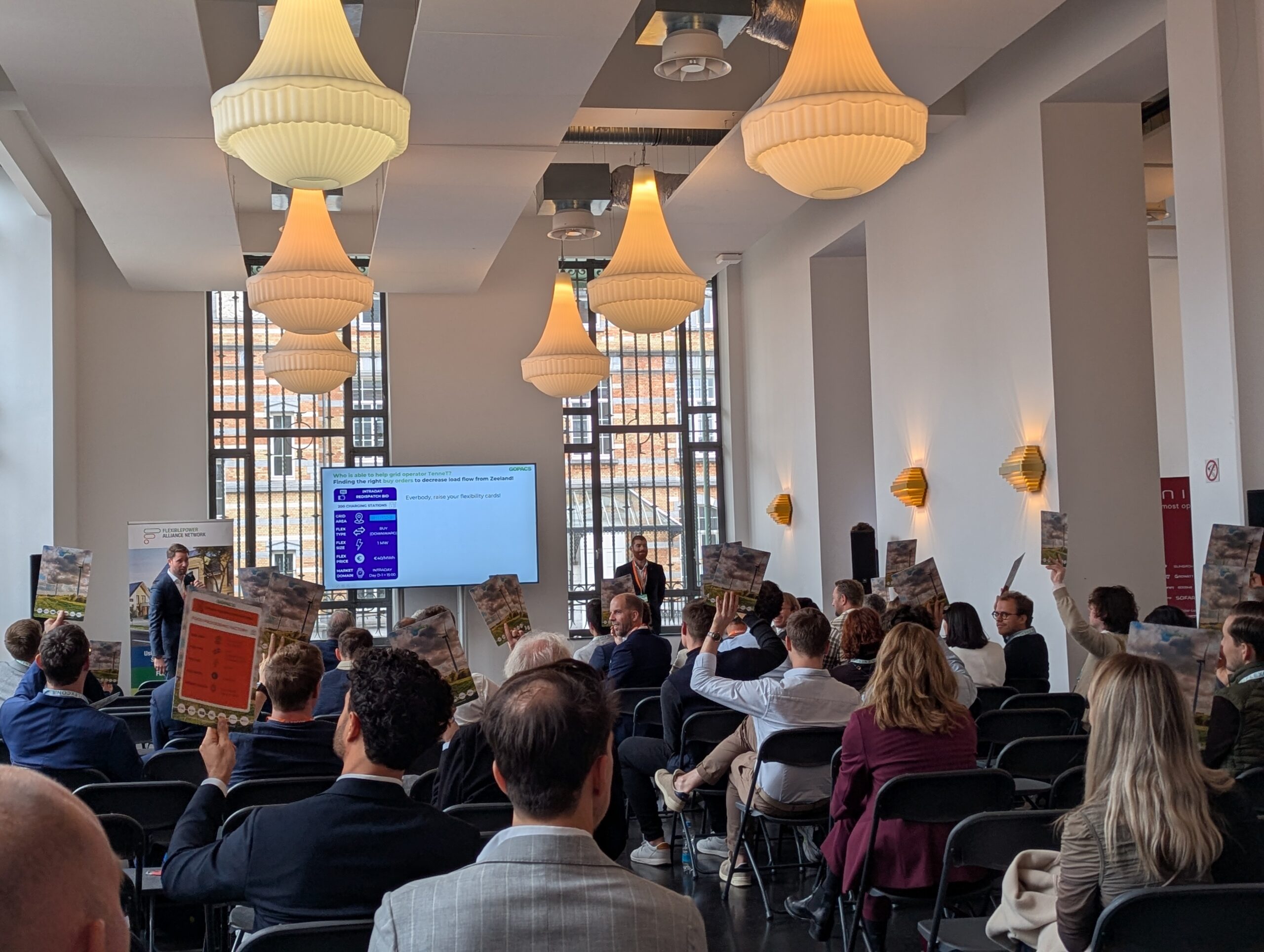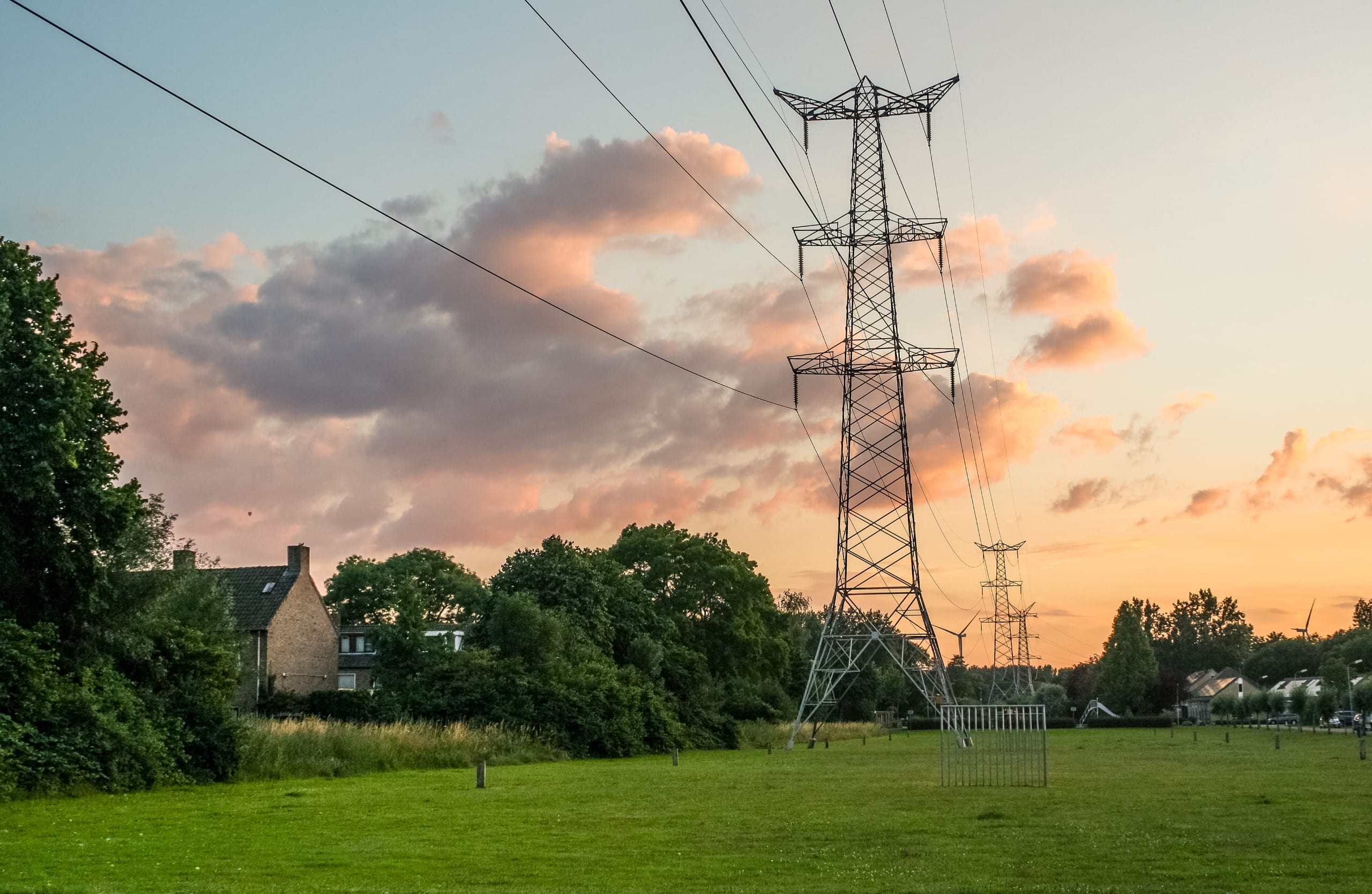Congestion is the situation where the demand for transmission of electricity exceeds the available transmission capacity. So there is a shortage of transmission capacity on the power grid.
If this is structural, the grid operator will increase the capacity of the electricity grid or expand the grid. However, this is a multi-year process. In the meantime, by shifting locations where electricity is used and delivered, the grid operator is trying to reduce demand for transmission.
This is done with the help from the market such as wholesale customers, aggregators and energy suppliers.
They can help if they can shift their consumption or generation of electricity to another time. Energy can also be temporarily stored. This creates the desired flexibility and can prevent or reduce peaks in the power grid.
When a grid operator expects a shortage of transport capacity (congestion) in the grid, we ask the market to help resolve this by adjusting their energy consumption—the flexibility bid.
This steering creates flexibility. For example, a cold store can turn off its freezer cells for two hours at the time of peak demand without affecting the temperature. This makes additional capacity available for another customer.
For more information on congestion, see the ‘About congestion management‘ page.












